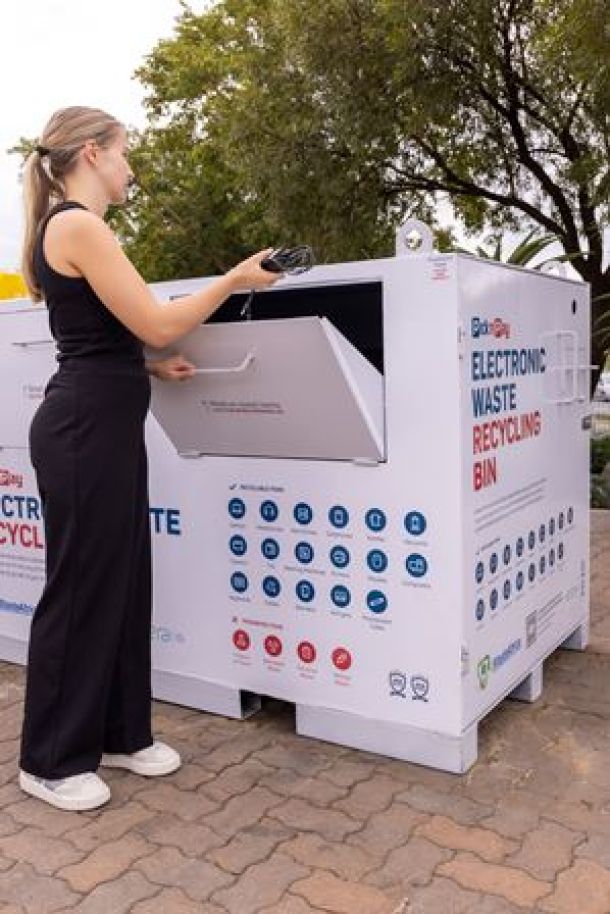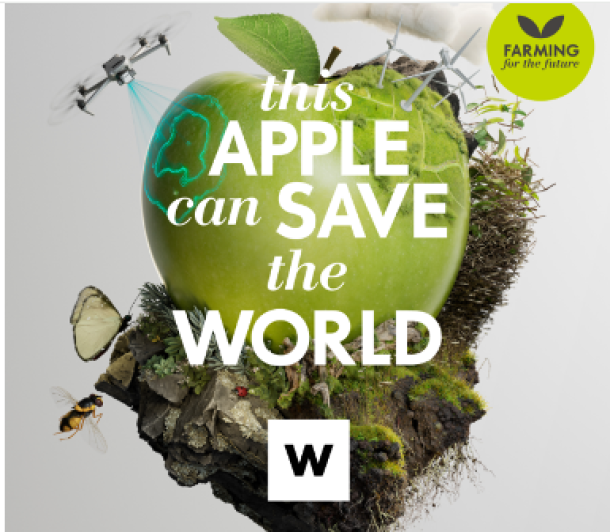Recycled plastic fantastic - but only if it’s reused
South Africa’s love-hate relationship with single-use plastic has come under the spotlight in a new study highlighting the environmental, social and economic impacts of carrier bags.
The study, conducted by the Council for Scientific and Industrial Research (CSIR) in Stellenbosch and funded by the Department of Science and Innovation, has revealed that reusable plastic bags are the best option for the country as they have a substantially lower environmental impact compared to single-use bags - but only if consumers reuse them.
The findings come at a time when talk of plastic bag bans is muted as single-use plastic has become associated with the fight against Sars-CoV-2. Before Covid-19, plastic bags and single-use plastic were increasingly outlawed at restaurants, retail stores and trendy markets - and even in entire regions and countries.
Rethinking the bag
Some regulators have prohibited reusable bags due to concerns that they might harbour Sars-CoV-2. Retailers insist that customers use only store-provided bags and environmentalists are sounding alarm about how the increased use of personal protective equipment and face masks will contribute to global pollution.
Professor Linda Godfrey, a principal scientist in the waste and the circular economy department at the CSIR, explains: “Internationally, retailers have not allowed customers to come in with their own bags, but while the risk of contamination with your own bag is small, there may be a concern from consumers. We just don’t have the evidence yet; it’s just an observation.”
In the CSIR grocery carrier bag study, the research team looked at 16 different bag options in use, including standard single-use bags, as well as many reusable and biodegradable alternatives.
The CSIR life cycle sustainability assessment (LSCA) - a tool examining the environmental, social and economic impacts of a product throughout its life cycle - provides an objective scientific assessment to help identify which bag is best in the local context.
Dr Henry Roman, the director of environmental services and technologies at the Department of Science and Innovation, says: “Although single-use plastics provide many benefits, there are also many avoidable plastic products that negatively impact our environment. Developing capability in LCSA allows us to make informed decisions on the most appropriate material for product design.”
The study assessed 16 types of carrier bags made from different materials, including the standard, single-use plastic shopping bags, which are made from high-density polyethylene (HDPE), with varying levels of recycled content and a thickness of 24 microns. It also included a number of reusable and biodegradable alternatives.
Twenty-one environmental and socio-economic indicators were used to assess each bag.
These included 18 indicators such as water use, land use, global warming, as well as a new indicator to account for the impact of plastic pollution (which is missing from most LSCA methods), and two key socio-economic indicators (impacts on employment and affordability for consumers).
The best-performing bag overall was found to be a reusable plastic bag made from HDPE but thicker and stronger, at 70 microns, than the standard 24 micron single-use bag.
This sturdy bag is sold by The Shoprite Group for R3, with a 50c discount on shopping each time it is reused. The other reusable bags - made from other types of plastics, such as polyester and polypropylene - also perform well.
The best-performing single-use bag is the standard 24 micron HDPE plastic bag with 100% recycled content.
Greenwashing
Biodegradable plastic and paper carrier bags did not perform well overall, except in terms of plastic pollution, mainly because of their impact on land and water use. Biodegradable bags (particularly those made from a combination of imported polybutylene adipate terephthalate and starch) only outperformed conventional 24 micron (single-use) HDPE bags with a recycled content of less than 50%.
While reusable carrier bags perform better overall, single-use bags are best from an employment perspective, followed by 24 micron HDPE bags with 100% recycled content.
Anton Nahman, the principal environmental economist who led the CSIR study, says: “This study shows that ‘biodegradable’ doesn’t necessarily mean better - at least not for carrier bags. Taking into account environmental and socio-economic impacts across the full product life cycle - from resource extraction, through production and use to end of life - the best-performing bags are all made from conventional plastics. In particular, the reusable ones are best - but only if they are actually reused as many times as possible.”
Godfrey says increasing the recycled content of products will also help to create a demand and a market for waste plastic, typically collected by informal waste reclaimers, helping to improve their livelihoods during a difficult time, compounded by the very low oil prices.
With a number of alternative bags available on the market, there is growing concern around greenwashing marketing spin, which deceives the public into believing that some plastic alternatives are more environmentally friendly, and therefore a better choice.
This country-specific study, she hopes, will encourage retailers to factor in the evidence for these claims, because they’re in a very influential position in terms of informing their customers.
“We need to understand the most appropriate alternatives for South Africa because while the single use bags might score lower in terms of environmental indicators they score higher in terms of employment indicator. We need to understand the trade-offs between environmental impacts and job creation and what we are prepared to settle for.”
The big question is if consumers are switching to single use bags in response to the novel coronavirus, are they disposing of them in their general waste which goes to landfill, or are they putting them back into recycling.
“Sending all these bags to landfill is probably the worst thing we can do. In terms of single-use bags, those with high recyclable content are the best performing. We must make sure we return waste plastic back into the economy, as part of a more circular economy.”
Godfrey says this info is now available to decision-makers in government and that retailers now have evidence to inform what they implement in their stores and how to switch to more appropriate carrier bags.
“This tool is incredibly useful to inform the design of products that go onto the South African market, we hope it will help more brand owners ensure that their products have the lowest environmental impact and greatest socio-economic benefit.”
News Category
- International retailers
- On the move
- Awards and achievements
- Legislation
- Wine and liquor
- Africa
- Going green
- Supplier news
- Research tools
- Retailer trading results
- Supply chain
- Innovation and technology
- Economic factors
- Crime and security
- Store Openings
- Marketing and Promotions
- Social Responsibility
- Brand Press Office
Related Articles

Pick n pay upcycles air-conditioning systems, s...

Shoprite Group opens pathways to job opportunit...

Pick n Pay empowers shoppers in the fight again...

Massmart implements early leak detection techno...


